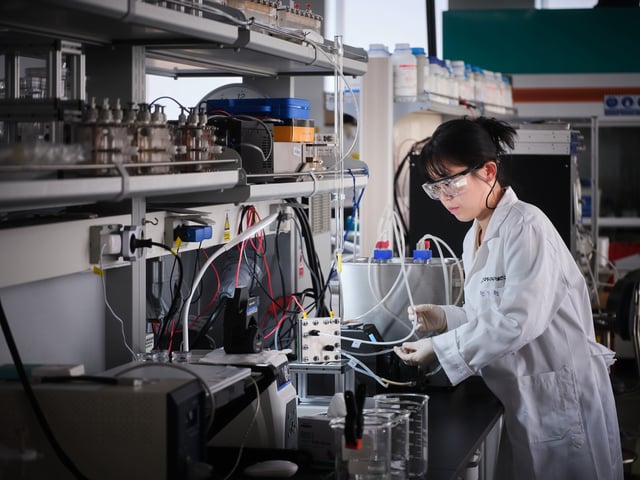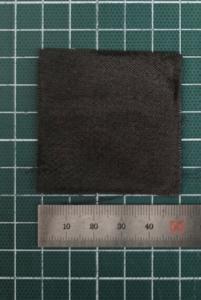Overview
- Acid treatment with concentrated nitric acid in a sealed vessel enhanced hydrophilicity and enabled uniform Ru, Co and Mo distribution on the carbon cloth support.
- The Ru-incorporated catalyst lowered overpotential by roughly 25 percent while using only about 1 percent ruthenium by weight.
- Laboratory tests at 500 mA/cm² showed stable hydrogen production over 800 continuous hours with no detectable ruthenium or cobalt leaching.
- A prototype 25 cm² electrode has been fabricated to demonstrate scalability toward larger-area modules.
- The research team plans extended durability trials beyond 1,000 hours and development of stacked cell modules for demonstration-level testing.

